I introduced the village of Fana in my previous post. This is part II.
Sitting under a tree. A breeze laced with mid-day Sahelian heat. Drinking a sachet of bissap juice, partially frozen, with bite sized sugary ice floes. From a cell phone speaker, Oumou Sangare, singing about her beloved. Sitting, talking, laughing. Laughing because a chicken is chasing a piglet.
Sitting under a tree. Ignorant of the hour. Unconcerned about what’s next.
This is the joy of simplicity.
Malian musician Habib Koite used that expression – the “joy of simplicity” – in a recent interview. It’s a good way to describe my time in Fana.
You may be thinking, what could be simple about teaching 25,000 people how to draw camels? As it turns out, that task was surprisingly straightforward.
Morning in Fana. I wake up and bathe. Bucket of water, soap, a rock, four walls, no roof. Most Malians bathe several times a day, but the first washing of the day is the most important. Before greeting anyone, you need to make sure you are clean.
Greetings:
Person 1: I ni sogoma (literally you and the morning).
Person 2: N ba (males respond with “my mother,” literally thanks to my mother I am here to receive your greeting) or N se (females respond with “my power,” literally “my power as a female always wins against time”). I ni sogoma.
Person 1: N ba/N se. Somɔgɔw bε di? (how is the family, literally how are the people of the house?)
Person 1: tɔɔrɔ si tε (no trouble at all). Hεrε sira? (how did you pass the night, literally did you pass the night in peace?)
Person 2: Hεrε doron (peace only)
Person 1: N ba/N se
The greetings don’t have to end there. I could ask “i cε ka kene?” (how is the health of your husband) or “i balimamuso ka kene?” (how is the health of your sister), and so on.
After greeting everyone in the house, we leave to greet the neighbors.
Bintou with a woman selling fried balls of pounded millet. We eat them with a salty broth. Breakfast.
After breakfast, the women and one man prepare lunch. The one man is Bintou’s older brother. He contributes by killing a chicken. Then he goes back to the family boutique, which is located across from the family compound, and resumes filling plastic bags with granulated sugar, which will be sold for 10 cents each.
Making lunch takes several hours. Many African dishes involve stews and sauces that are slow cooked. In this case, a chicken also had to to be prepared.
Poulet
The two photos above contain the ingredients for Yassa if you subtract the plastic bag and add chili, lemon, a bit of mustard and maggi, the all purpose bouillon cube found throughout West Africa.
The finished product. Sauce onion, also known as Yassa. Serve with rice. I can eat plates of it.
After lunch, sit at the boutique. Or under a tree. Or on my bed:
Taking pictures with cellphones before we watch a telenovela.
Telenovelas (soap operas from Latin America) are a fixture of TV stations across West Africa. A Malian family watches an imaginary Latin American family gossip and feud for a half hour. While there is much to lament here, telenovelas, dubbed into French, are also a language learning tool.
Globalization is an interesting topic in the context of Fana. Six years ago, Fana hosted the Forum des Peuples, a gathering of alter-globalists. Alter-globalists believe that globalization is not inherently bad, but that drastic improvements need to be made in the areas of trade equality, human rights, environment, and cultural integrity. I’m on board.
Later, my girlfriend is in a tree. She is in pursuit of a tiny green fruit that tastes like a sweet avocado.
At the top of the tree. With her pagne and yellow top, she is a chameleon.
Notice the small green fruit all over the ground. I forget the name..
Then, camel drawing.
A few of my disciples, hard at work. In my h2dc post on remedial camel drawing I explained that when someone first learns how to draw camels it is similar to a blind person using their vision for the first time. And so it was for Ibrahim and Boubacar.
With renewed self-confidence in their artistic abilities, camel drawing turned into ladies’-shoes-and-fish drawing.
Lakaré is the reason 25,000 people will be able to draw camels. On the left: her camel before my training program. On the right: after. When she finished her first camel, she was on the floor laughing. Then she drew a second camel, then a third, and a fourth, until she filled up a legal pad with camels. Then she started teaching Victor, who is 2-years-old and cannot hold a pen without putting it in his mouth. Victor did not draw a camel. I need to put a minimum age on my camel drawing program. I have been unsuccessful with toddlers.
In any case, I saw the potential in Lakaré’s enthusiasm. I gave her the mission: teach Fana how to draw camels. She said “pas de probleme” (no problem). I gave her 30 days to do this. I have no doubt she will be successful.
Stay tuned to howtodrawcamels.com for camel drawing videos from Fana.
Meet Ms. Mali 2020
Meet Ms. Mali 2023
After camel drawing, tea drinking, mango eating and card playing, it was time for the evening’s main event:
Settlers of Catan. These were first timers, but they were quick to catch on. Pierre in particular was quick to assert himself, taking advantage of numerous lopsided trades. He would end up winning the game. Notice the pig sauntering past at one point. Unfortunately, Bintou’s family does not raise sheep.
One of the more entertaining games of Catan I’ve ever played.
Then, night.
There are a number of wishes that are offered in Bambara before sleep. My favorite is k’an kelen kelen wuli. It means “may we wake up one by one.” Why one by one? Because if everyone woke up at the same time, there is a good chance something has gone wrong. A fire, for example. If we wake up one by one, we most likely spent the night in peace.
My bed was in the courtyard. Dogs, chickens, and pigs said hello at various points in the night. So did a thunderstorm. It tore off the mosquito net, blasted my face with sand, and soaked me in a single second. I moved my mattress into the house. Rain on a tin roof is four dimensional white noise. There is nothing like it. Four dimensional white noise, it turns out, is a good lullaby.


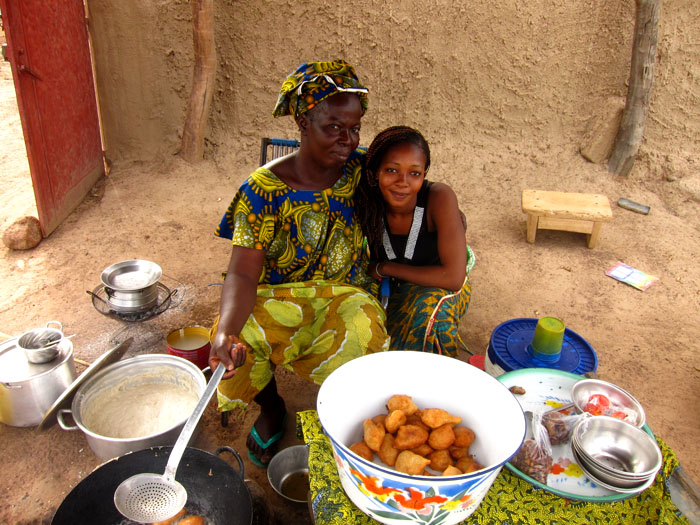
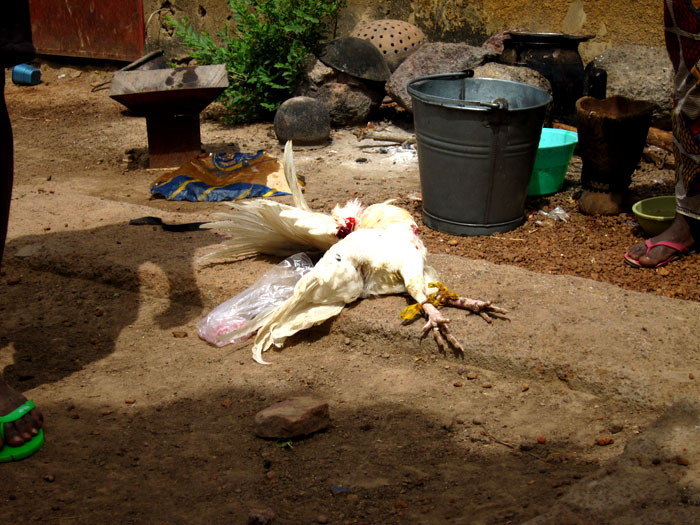
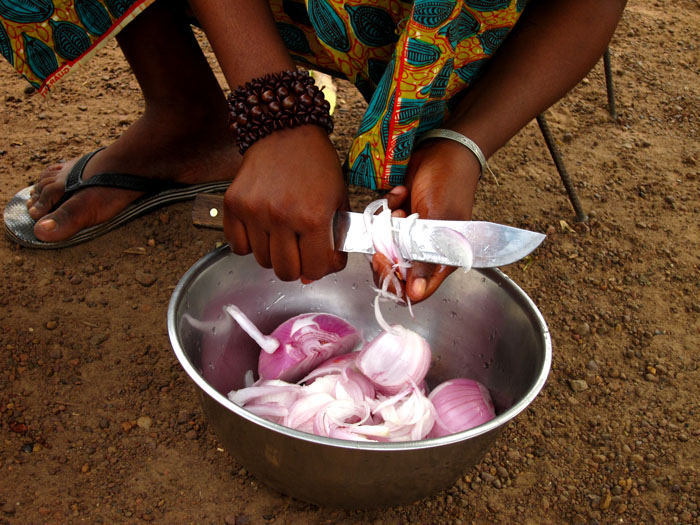
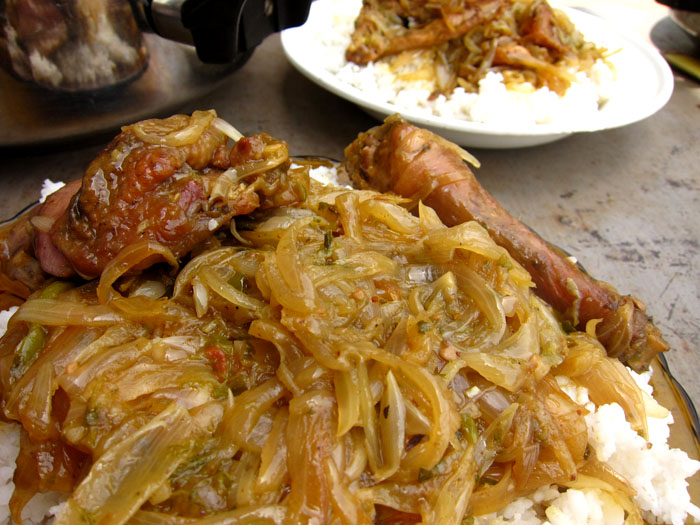
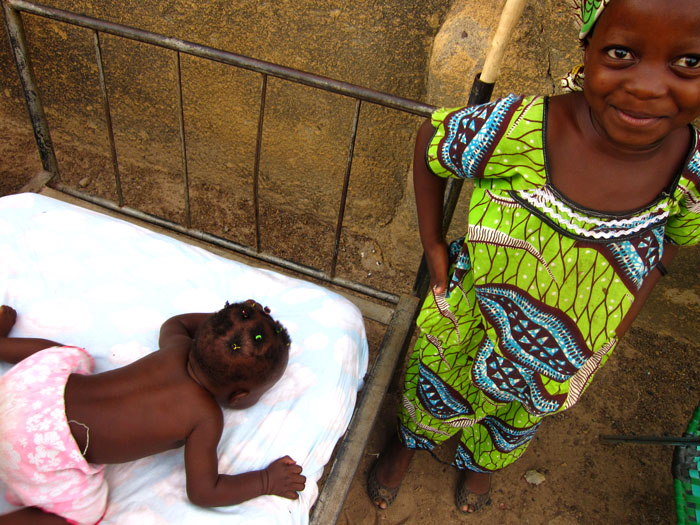
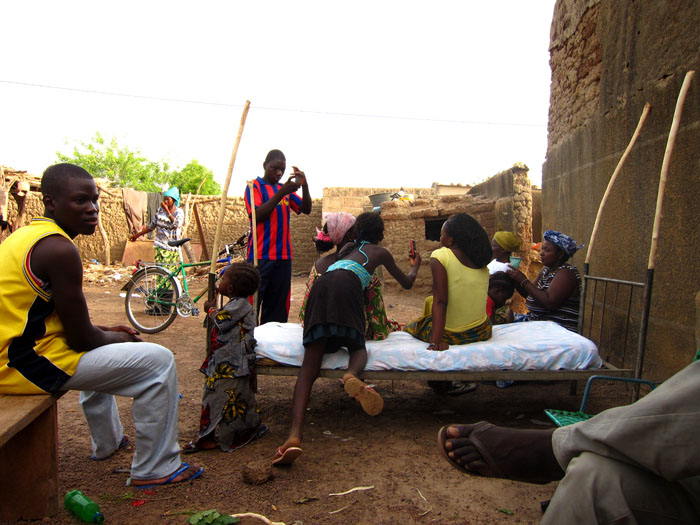
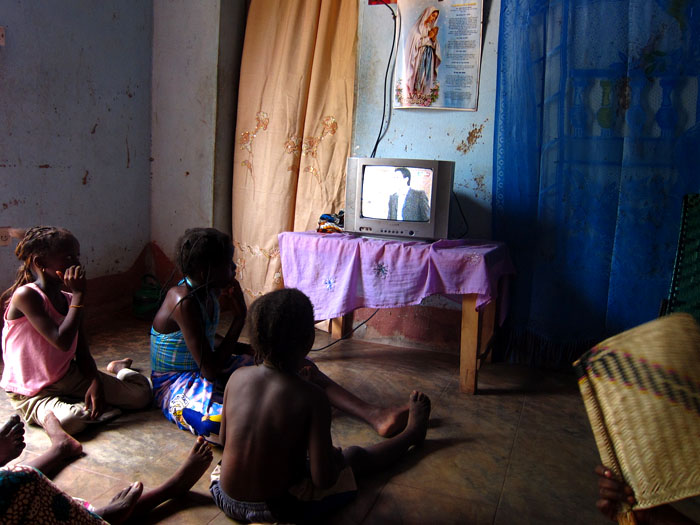
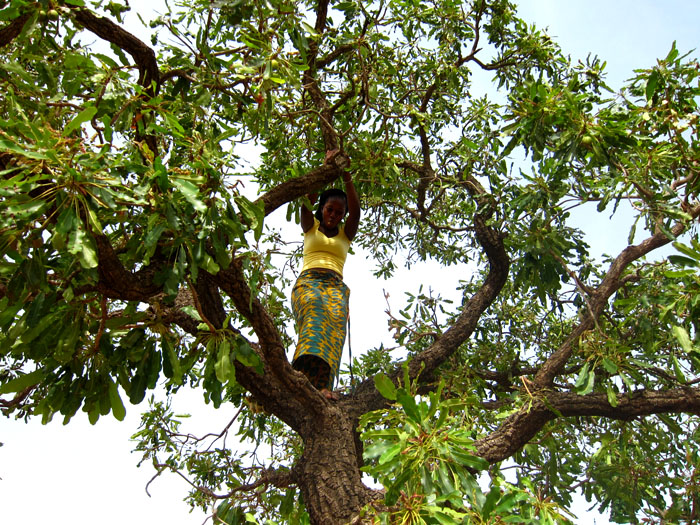

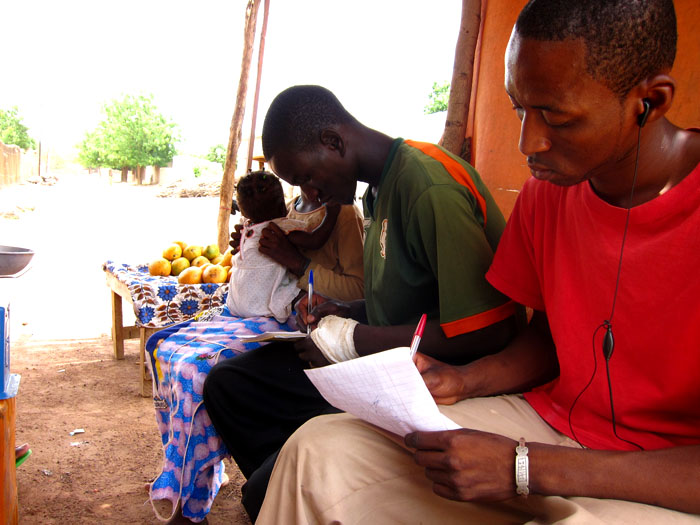
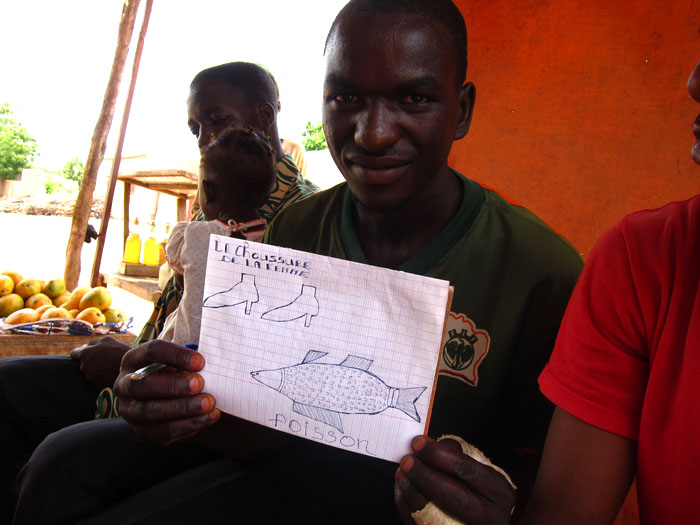
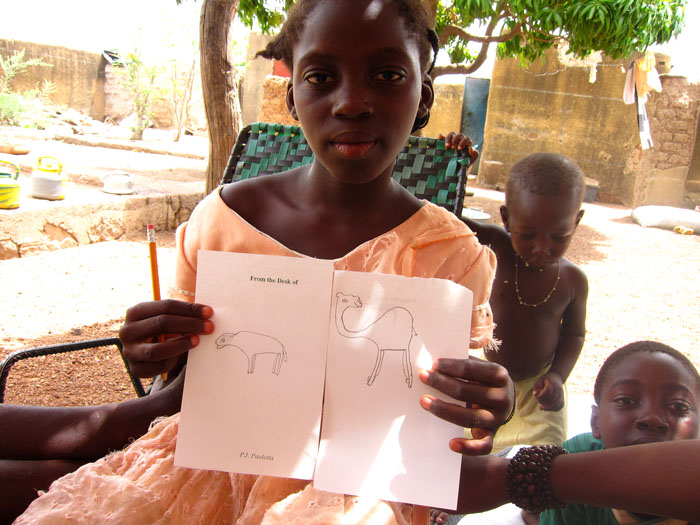
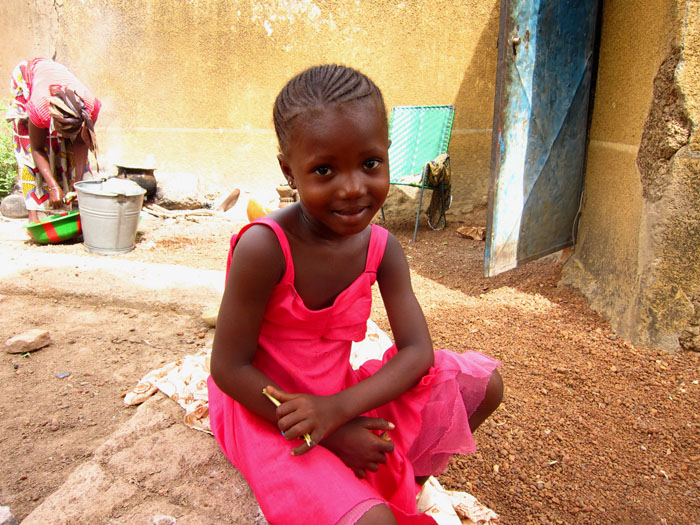
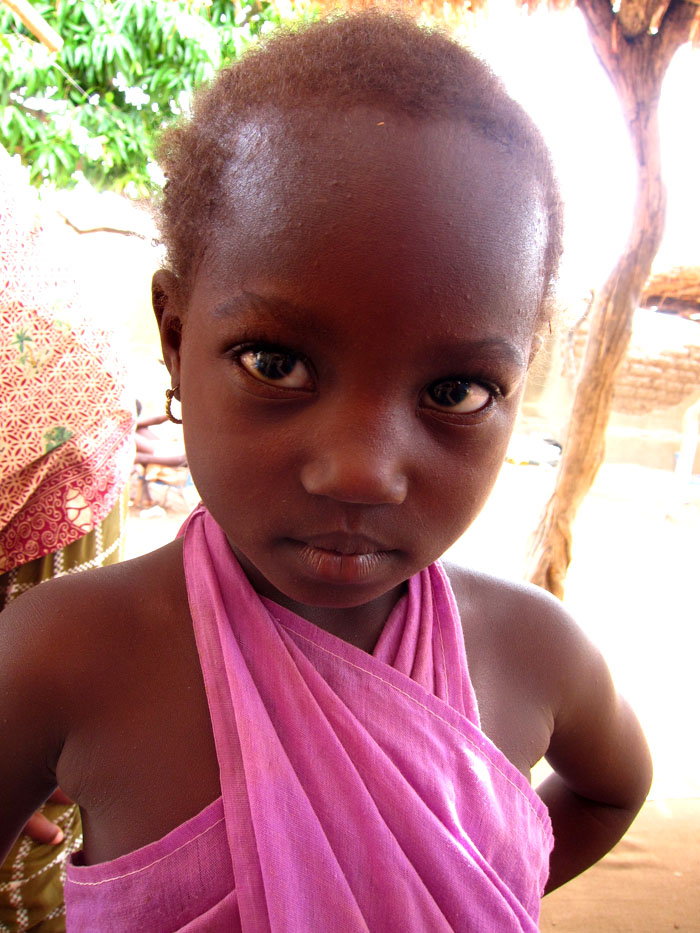
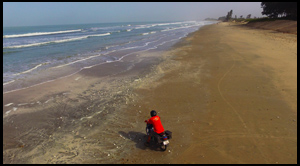
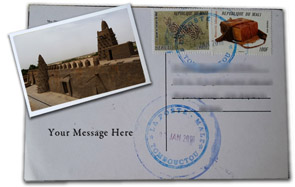
I love this post–and the fact that you taught 25,000 people how to draw camels! Keep spreading the camel love, brotha.
Thanks Kristin! You know I will always spread the camel love!
Another great post! Love reading these! I can attest that two year olds just aren’t good at drawing. And I love the phrase “may we wake up one by one”! Never thought of sleeping like that but in terms of the phrase, that’s exactly right.
So are your camel drawing classes free for West Africans? Would you charge the rest of us? 🙂
Thanks for the comment Jeremy. I’m glad you’ve been enjoying the posts from Mali. My camel drawing classes are free on occasion. Let’s just say I am easily persuaded. If someone is really inept at drawing camels I typically offer complimentary lessons. There are a surprisingly high number of charity cases like this, keeps me very busy and stressed.
“may we wake up one by one.” just made my heart swoon. I’m so in love with your descriptions of Africa. I almost feel voyeuristic listening to your love affair.
Hey Erica, hah, wow thanks. I look forward to hearing about your semi-secret getaway 😉
Lovely post, Phil. Loving these pics of the kids and the story behind them. I wonder, how long would it take to do a proper greeting to 25000 people if you have to inquire about their relatives as well ? 🙂
haha, yeah the greetings take a long time even if it’s just one family! This is part of the reason it’s hard to set appointments. You know that along the way you will talk to a lot of people. Many will ask you to sit and have tea/eat as well.
Really beautiful post. Your writing made me feel like I was right there with you among their lives – and yours. The photos are incredible!
Hey Andrea, thanks for the comment! I’m flattered.
its awesome what you are doing
Thanks Zablon, I appreciate the encouragement!
Love it mate. The genius never stops! Keep going. I’ll keep spreading the word.
Thanks Rizwan!
Hi Phil.. I love your articles and blogs and insights, and you write very well and with great commitment and clearly great compassion, but I need to open this project up to debate. I cant help wondering about a Toubab teaching Malians to draw camels.. my wondering is on a number of fronts… a) it could be very limiting to “teach” people/ children/adults (in Mali or anywhere elsearound the world) a specific way of drawing anything.. surely art and drawing should come from the individual. Help people certainly to have access to drawing/painting materials, but specifically “teaching” how to draw camels seems a liitle suspect in its artistic integrity..
b) Given the riches of ancient cave drawings all around Mali, including the Sahara of Northern Mali and in the South East, for example, in the Baule nature reserve, for starters…, surely people in Mali of many different descent groups have drawing and painting of animals and life-style in their genes and in their blood, so to speak.. they have their own creativity in abundance. They may well need access to the materials for drawing/painting but then they should be allowed to express that ability as they see fit..and as they wish themselves, and they dont need to be coralled into Western techniques of drawing… if we teach people “how” to draw camels, that creates a “right ” way and therefore, by definition, (even if not stated overtly) a “wrong” way to draw camels…There should be no wrong way or right way to draw camels.
to teach them to draw camels seems to me quite patronising and colonial in its underlying philosophy, even if accidentally so..
It seems clear that.. (and I am sure you have) a great commitment to and love of Mali and great connection with the people there, (as have I ) but this teaching of art in such a manner is at least worthy of debate and even self-searching.. and the teaching specifically of drawing camels could have an air of “gimmicky” around it.. Elizabeth /Azouyan-as
Hi Elizabeth,
You are right to wonder such things!
So the whole camel drawing thing is a big spoof. It would be good to start with the original blog post about it (https://philintheblank.net/2010/12/07/how-to-draw-camels-ebook/). This is not a serious discipline. I’m not actually on a mission to teach the world how to draw camels. It is satirical take on exactly what you are talking about – the imposition of outside ideals and “best practices.” Everyone I’ve drawn camels with is someone I have become close to. In the case of this post, Lakare and Pierre are my girlfriend’s younger sister and brother. Ibrahim and Boubacar are two of my best friends in Fana. In other posts, I am very patronizing in the videos, but those are with friends and they’re in on the joke. When I’m drawing with kids, I never tell them that their camel is bad. I show them how I draw camels and they pick it up easily. Their camels always have their own character, though, even after I teach them and they are typically delighted seeing what they have accomplished. They show me how to draw things too. Lakare spent one afternoon teaching me how to draw flowers, trees and dogon granaries. The stuff that goes on the website here and on howtodrawcamels.com is theater. The only place where there is a “right” and “wrong” way to draw a camel is on this website, where it is hopefully an obvious joke.
I didn’t actually send Lakare on a mission to teach 25,000 people how to draw camels. I have taught camel drawing to about 12 people in West Africa. Like I said, they are all close to me, kids included. It feels more like I am sharing something rather than imposing it and I don’t think I’ve really damaged anyone’s creativity.
The persona I take on, that I’m on some kind of crusade to teach this all important skill, is in part mocking the people that really are on crusades like that. My whole thing with howtodrawcamels.com is one part satire and one part showcasing the unbelievable talent and ingenuity of people in Mali and West Africa. It’s saying I’m a joke, but these people aren’t and instead of constantly thinking of West Africa as a place deserving of our pity, we need to realize that we have much to learn.
But maybe that message is not getting through. Thanks for your comment. I agree entirely with your message in points A and B. There is no right or wrong in art and Mali has creativity in abundance. Also, the camel drawing thing is VERY gimmicky, that’s kind of the point too.
Are you in Mali right now?
oh, phew! that’s a relief! Now I get it.. though its very subtle! And no, physically Im not in Mali right now, though emtionally and spiritually I am there many hoiurs of the day and night.. sounds dumb, but the first time I went there and when travelling from Douentza to Timbuktu, I had a very strong sense of “knowing this place” from a very distant past… at some deep level, it is home… Ive been there lots of times, most recently in April 2010, and seeing your photos, reminds me I want to be back there… 🙁 (PS I went to the National park in Bamako a few years ago.. there was a small sectio of the museum devoted to the history of dress & clothing, which I enjoyed a lot.. I had a cold tea in the cafe..) lovely memories.. I want to and I will go back..some day soon! E
Elizabeth, I understand what you are saying 🙂 Mali is a special place for me as well. I am traveling around the states right now, but will be back in Mali in a couple of months. If you come, let me know. We can drink a cold tea together 😉
Maydjan. Its a deal. Let me know when you are going and for how long… and if you feel like doing so, check out our very small group, and our Facebook page, “Friends of Mali Ireland”. Azouyan-as
Hmm.. that web-site address didnt send, so i’ll break it up a bit.Its….” friends -and-of-and-mali-and-hyphen-and-Ireland-and-dot-and-org”. Remove all the “-ands-” to get the link! slan, E
Looks like a great project. I appreciate the emphasis on sustainable development and I think “friends of mali” is a great name. I will link to it from my how to draw camels site. My email by the way is phil.paoletta@gmail.com , if you want to continue the conversation.
Really interesting. I love the photo of the before and after camel!